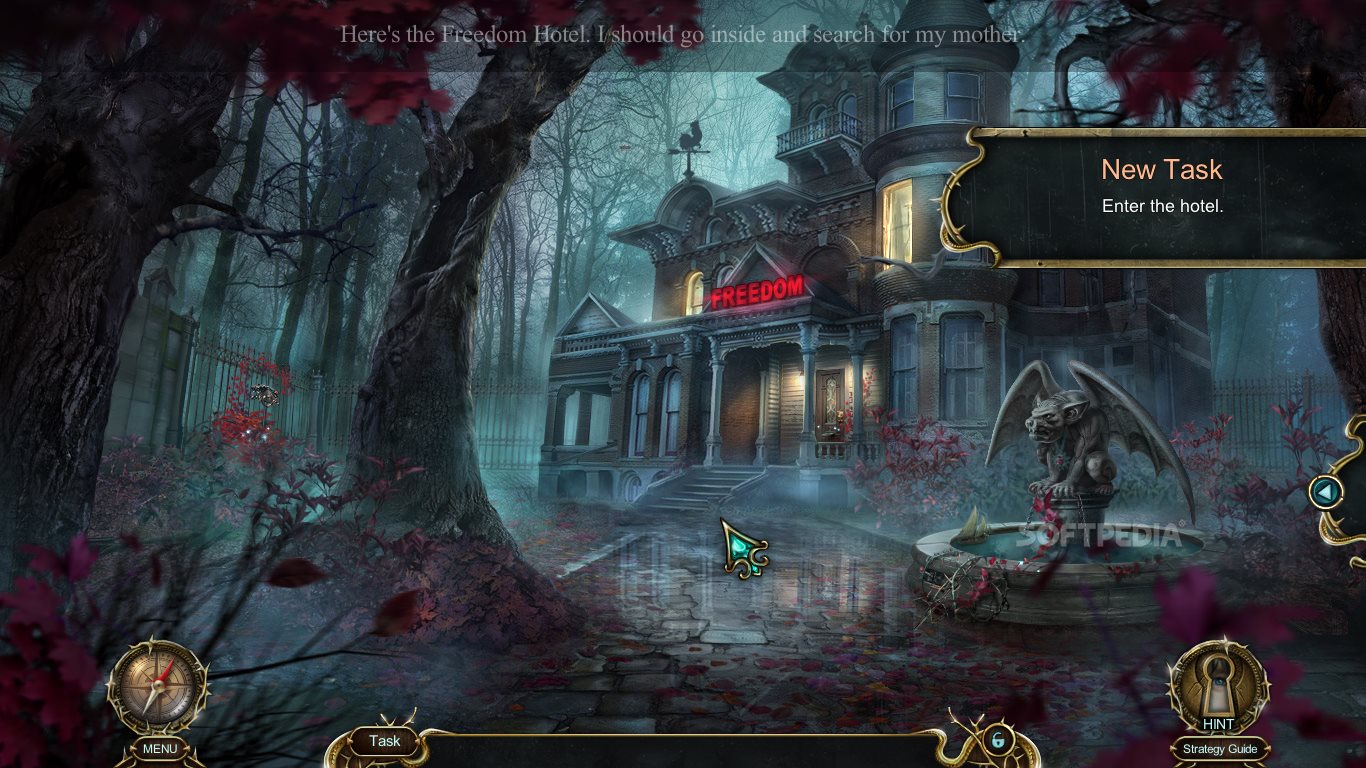


Assayas is not just asking the viewer to observe Mira in a bit of off-hours role play, but to see her as the embodiment of a literal spirit, capable of walking through walls and defying any expectation we might have of an established screen reality. But in this miniseries, it hasn’t been just one big sequence where Mira wears the catsuit and wanders around, but an entire arc until itself, one that’s grown stranger and more abstract over time. Her time in Paris was always intended as an escape for Mira, both from an industry that wants her to star in soulless dreck like Doomsday and a gender-reversed Silver Surfer and from her break-up with Laurie, which followed an equally painful break-up with Eamonn. That has been Mira’s experience, too, though René, for all his insecurities and manic episodes, feels more genuinely connected to the project than Jean-Pierre Léaud in the original film. And her way of managing the situation is to immerse herself so completely in the role that she becomes Irma Vep - partly to salve her loneliness, partly to find the artistic fulfillment she isn’t getting on set. Here she was, a stranger in a strange land, dealing with the ineptitude and creative inactivity of the French film industry half a world away from the competency and verve of her home in Hong Kong. In Olivier Assayas’ original 1996 film Irma Vep, the signature sequence where Maggie Cheung dons the catsuit and prowls around the hallways, balconies, and rooftops of her hotel underlined her sense of alienation from the entire production.


 0 kommentar(er)
0 kommentar(er)
